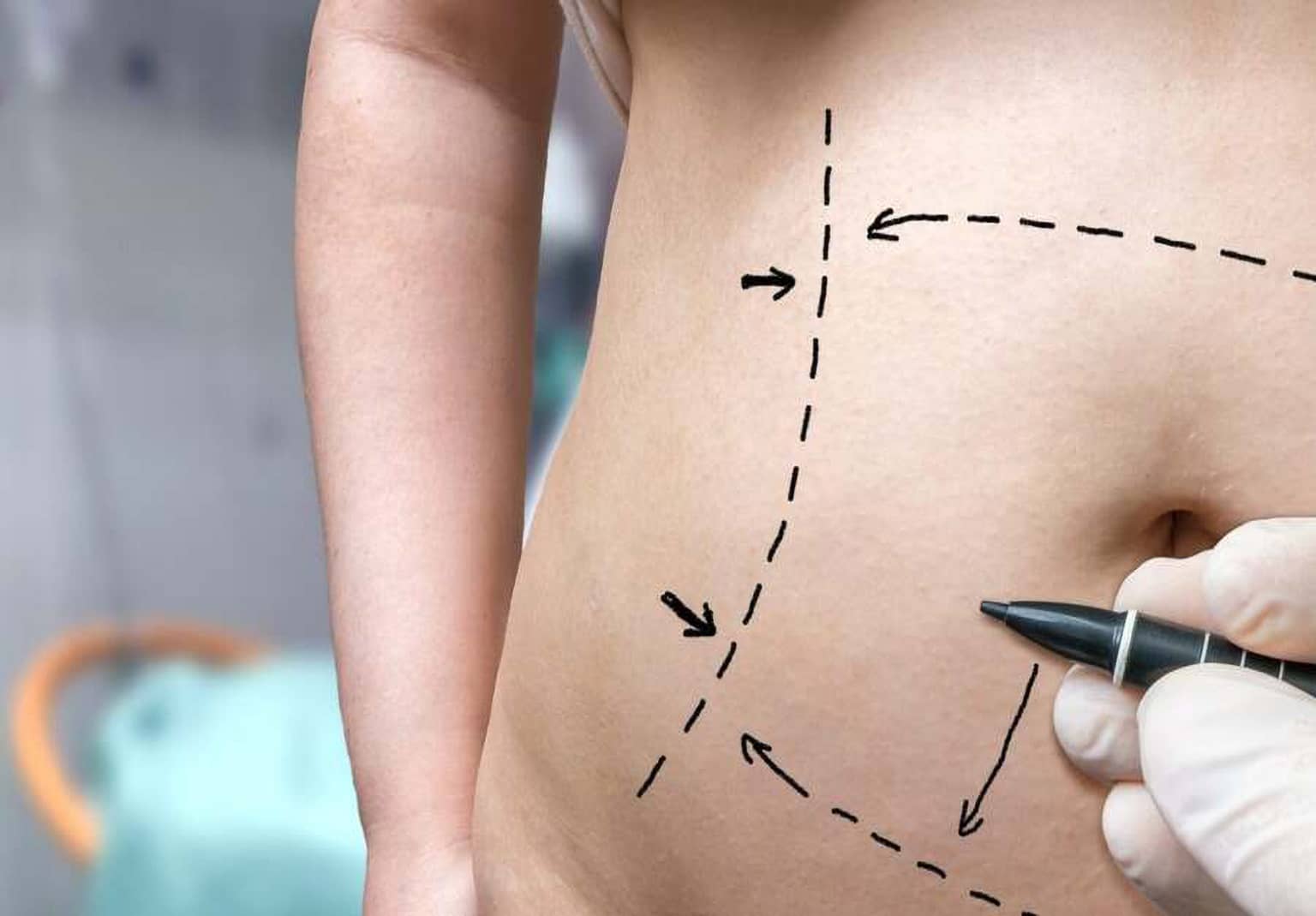Women who’ve had to undergo a mastectomy due to breast cancer or a gene mutation (like BRCA) have the option to receive breast reconstruction as well. Breast reconstruction may be an extremely rewarding surgical procedure not only physically, but emotionally for patients, by immensely improving their self -image and quality of life post-mastectomy.
There are several techniques available for breast reconstruction and sometimes the surgical process requires more than one operation. The different techniques used to attempt to restore a breast to a near-normal appearance in shape and size after mastectomy. Although breast reconstruction is meant to rebuild the breasts, results can be highly variable depending on the individual. After any surgery, mastectomy or not, there may be a loss of sensation that may return over time, a difference in the feeling of the breasts, and visible incisions or scarring to the breast area.
To decide whether you are a candidate for breast reconstruction, you will need to meet with a plastic surgeon and be prepared to discuss your expectations, desired outcome, and the options available. Breast reconstruction is a surgical process, often performed in a hospital setting under general anesthesia and typically includes an overnight hospital stay. Factors to consider will be time off from work and insurance coverage for the procedure. Options for reconstruction to discuss with your plastic surgeon are tissue expansion which stretches the skin to prepare for surgical placement of a breast implant or direct surgical placement of the breast implant. These surgical techniques may include nipple sparring or fat grafting to help with the symmetry and overall result. Other procedure alternatives include oncoplastic reduction, lumpectomy, or autologous tissue reconstruction.
Following your surgery and implant insertion, bandages will be applied to the incisions and you will be placed in a surgical bra to minimize bruising and swelling, optimize comfort, and help with the shaping and contouring results. A drain is typically placed under the skin to drain bodily fluids. You will be given specific post-procedure instructions including following up with your plastic surgeon after surgery. It is imperative that patients continue to follow their surgeons’ instructions and attend follow up appointments.
Ultimately, the decision lies in the patient’s hands. It is important to know your options and discuss the possible risks versus benefits with your doctor so that you feel comfortable and confident with your decision.





